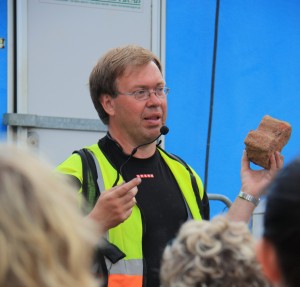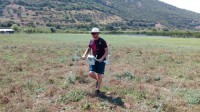
Getaryggen – a Battlefield from the Nordic Seven Years’ War (1563-1570).
A Report from the Research Project Getaryggen 1567.
Fig. 1: Daniel Rantzau (1529-1569).
In late autumn 1567, a Danish army led by the excellent commander Daniel Rantzau (fig. 1) advanced north from the border towards the Swedish castle of Jönköping. His aim was to strike a decisive blow against the heartland of the Swedish realm, thus forcing the enemy to surrender or at least negotiate. The war, which today is known as the Nordic Seven Years’ War, had been going on since 1563.
Continue reading →




